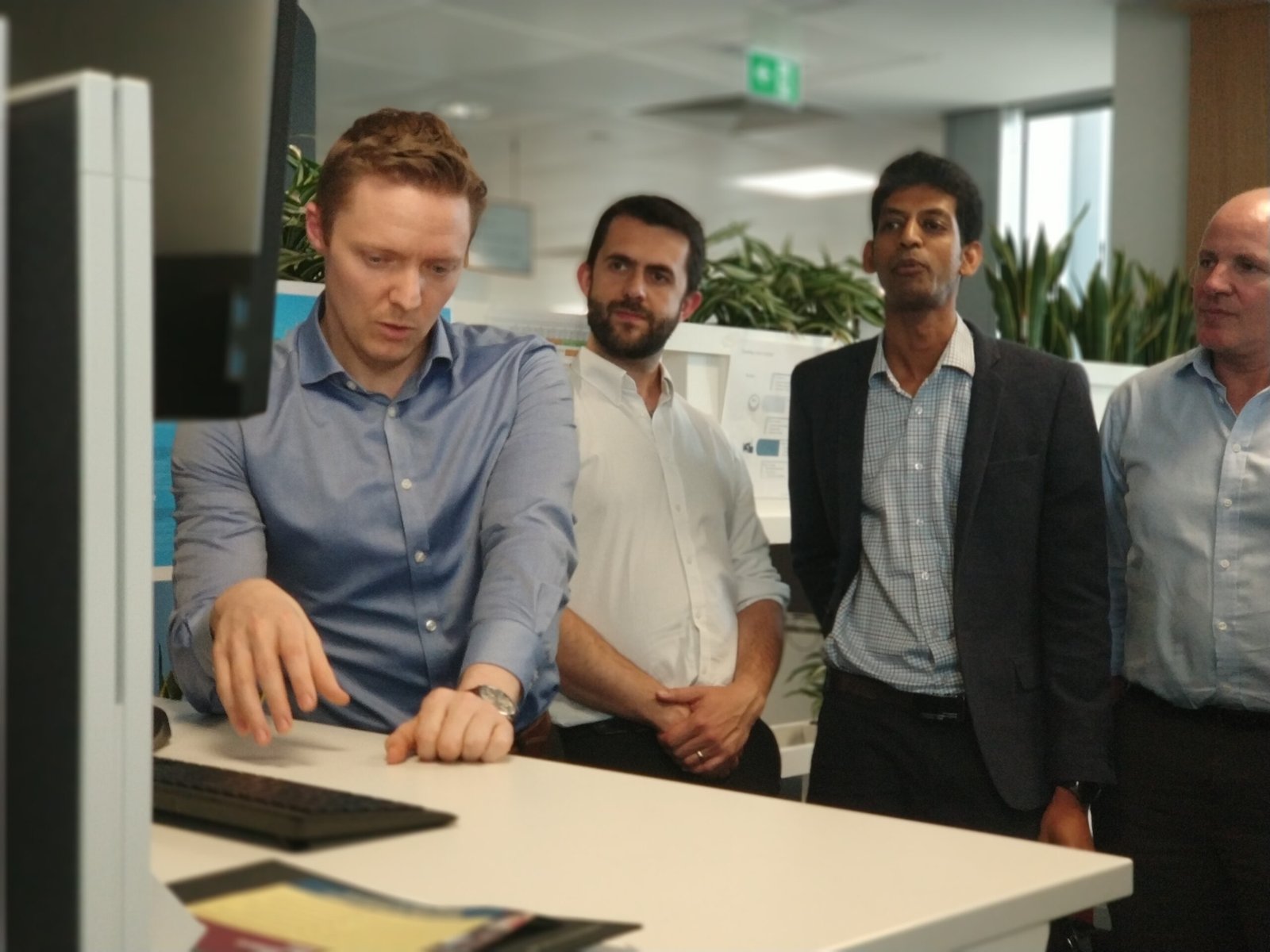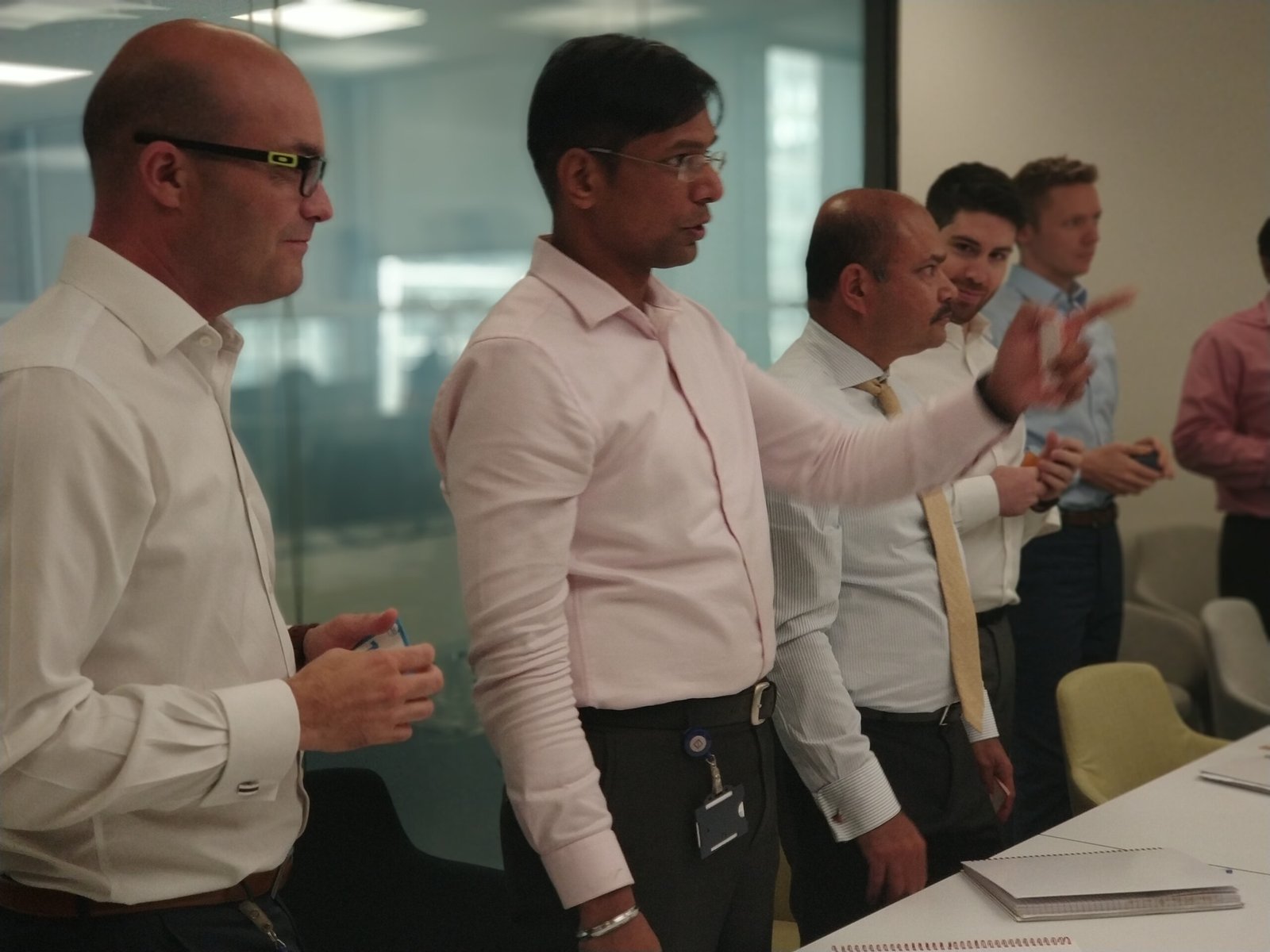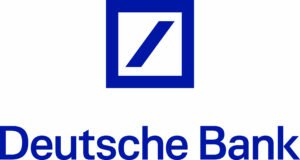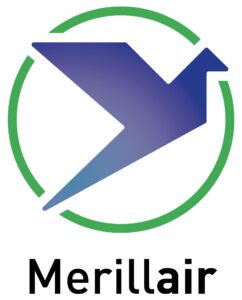

Stratecution (verb) stra-te-CUU-shun
Definition: The act of implementing ProductOEM. A framework designed for leaders across all industries seeking to create cohesion between their strategy and execution in a way that achieves adapability at a lower cost without introducing complexity.
Common usage: Somehow nothing seems to work out as planned and our deliveries always fall short of expectations, so we have decided to stratecute our entire approach.
Synonyms: simplification at scale, achieving purpose, organisational agility.
ProductOEM is about helping you ensure that ALL parts of your organisation and policies work together, by curating decades worth of industry experience.
Drawing on years of large-scale technical product delivery experience, these proven methods can successfully apply to non-technical product and service delivery too.
The Operating Model includes the essential building blocks every organisation must consider for its delivery structure, often overlooked in other training courses.
Clearly structured and supported engagement practises and communcation channels bring clarity, innovation, trust and quality.
Your context and goals are specific, but the tools, templates and framework principles work for all.


Breaking down challenges that at times felt very hard to solve for our team, and creating spaces and conversations to find viable solutions and experiment different, complementary approaches is how this approach helped us

Product Director
ProductOEM provides a comprehensive skeleton that helps leaders see and build their organisation holistically, recognise the interconnections, and provides practical direction on how to affect change. As a result it can be used in a number of scenarios.
The company functions brilliantly when it's smaller, but now it's in a period of growth and needs to find ways to scale that means it doesn't fall into a trap of creating more silos, causing teams to feel disconnected and adding complexity to delivery.
Perhaps your company has been growing organically over time, with multiple changes in strategic direction. What you now have are cumbersome processes that don't seem to serve anyones interests. You need simpler ways to get things done but are nervous to make changes as you don't fully undertand what the downstream impacts might be.
We see this time and again, where there is a notable hand-off between the two worlds of Business and Technology. Perhaps the structure of your product/services no longer make sense and simply bridging the gap isn't enough. The various departments need to be part of the same system. Not only do they need an environment in which to collaborate but also one where they can co-create.
Many agile transformations focus on the formation of small teams and then are frustrated because of the misalignment to other parts of the organisation, which limits the impact and advantages that agility could bring. The agile ways of working need to be housed in a sympathetic operating model which provide structures and processes that helps the teams to flourish and the benfits to be felt.
You have decide POEM might be for you, here are your options to take the next step on your journey
Learn the core of POEM through one of our certified training partners.


From Talent Managent to Product Structures POEM+ training builds on the fundementals.
The fastest route to a good Operating and Engagement model, is by engaging accredited experts to get deep into your context and tailor the right approach with you.


Discover where you can hear from our co-founders or how to book them for your events.
This is not yet another agile scaling framework.
This is an Agile-Powered Operating & Engagement Model.
What we talk about is what makes agile work in your context
ProductOEM addresses real world problems that, for many, seem hard to solve. It does it by focusing on key areas. Here are some examples of topics covered.



Our co-founders have worked together solving big problems in big organisations for over a decade.
The power of a clear and compelling vision and purpose has been written about time and time again. It motivates, aligns and enables people to make better, more long term decisions.
So why do visions so often fail? What makes them end up being yet another worthless artifact on the garbage fire of corporate fads?
The reason? They do not create the context for people to care about something meaningful to them that also aligns to why the organisation exists.
POEM offers a better way to approach product and organisation visions through workshops, guidance, and expertise to help you define what will work in your context to motivate the right people a sustainable way. When this is tied in with a Strong Product Definition and Meaningful OKRS POEM helps the whole organisation to evolve in a purposeful , compelling, and rewarding direction.
Ask anyone in your organisation, “What is your Product?” How many different answers do you think you will get?
If you are building furniture for restaurants, air fresheners for cars or many other physical products, the answer people provide will probably be the same.
But what if your product is digital? We guess that the answer to this question will yield many answers, some thought-provoking, some less so, but all divergent.
Creating a simple and shared understanding of your product is key to connecting the work every team does to the needs of your product’s customers or users.
POEM offers a structured approach with workshops, guidance, and expertise to help your organisation define your digital product in a purposeful , compelling, and clear way. This process aligns product success with the organizational purpose and values to help you be better than the competition.
Attempts at using OKRs in complex environments fail when:
Whilst a great OKR and intelligent measurement can undoubtedly unlock your potential, without an operating model that underpins the critical factors for success you may as well keep your current KPIs and annual targets.
POEM offers a structured approach with workshops, guidance, and expertise to help your organisation define your OKRS and supporting Metrics in a purposeful , compelling, and clear way. The POEM way creates alignment of objectives and measures with the organizational purpose and values.
You may have heard about Operating Models before and maybe seen examples of what one can be. Although we don’t agree on all the definitions we’ve encountered – we do agree on one point – you need one!
The simplest explanation is that an operating model shares how an organisation wants to work. Underpinned by the vision of the leadership team it shows how all the parts come together to ensure a cohesive environment is created where the clients needs are met and teams flourish. Typical elements of an Operating Model could include: processes, talent management, vendor management, location stategy, technology and metrics.
A lot of people skip the step of designing an operating model as they feel it should be obvious how we all work together. In reality a lot of care and attention needs to be put in creating clear and practical working principles precisely so that it feels natural, organic and frictionless. With POEM’s help you can create or adapt your own Operating Model that would guide any reader to know what the goals and objectives are, and importantly, how they personally fit in.
The organisation is set up, tick. The process and protocols ready, tick. Everyone knows pretty much what they need to do, tick. Yet- something isn’t working – there are co-ordination breakdowns, miscommunications and people seem to have stopped being able to see the ‘bigger picture’.
Why?
Well, sometimes you need to go one step futher, just because a proceedure exists, it doesn’t mean people will expertly be able to navigate it. Just because management say ‘we invite feedback’ doesn’t mean teams can skillfully do it without some channels being created.
How often does one hear that the best collaboration happens organically, the so-called ‘water cooler chat’? Well in this day and age, certainly with fewer water cooler moments occuring, it’s even more important to establish avenues throughout your organisation for feedback and conversation to flow in all directions, so that you really can have some diversity in opinions and keep everyone engaged.
In ProductOEM, we have a number of principles and techniques to share with you to help you in your organisation.
The popular aphorism goes: ‘People are your greatest asset’. No corporation worth its salt doesn’t have some sort of value statement around people, but oft-times the proclamations can feel hollow. We are not so cynical as to suggest they are in fact intentionally void, but what is usually true is that in organisations, strategy around people are usually framed as initiatives. Each one of these to remedy some trend that had been noticed (“We don’t have enough female engineers, let’s create a female hiring drive”, “people say they don’t get enough appreciation, let’s create a peer-to-peer recognition programme”, etc)
All of these are intended to improve a situation but of course initiatives run in isolation don’t tend to be able to affect very much or very widely in the long term. What they tend to be are small tweaks to a system that fundamentally isn’t focused on getting good people outcomes.
So when setting up your organisation, you need to have a coherent approach as to how you recruit, manage, support and grow your teams which isn’t at odds with other the other objectives of the organisation, rather they are part of the solutions. In POEM you will find a lot of useful guidance as to how to make talent and people truly core to your values.